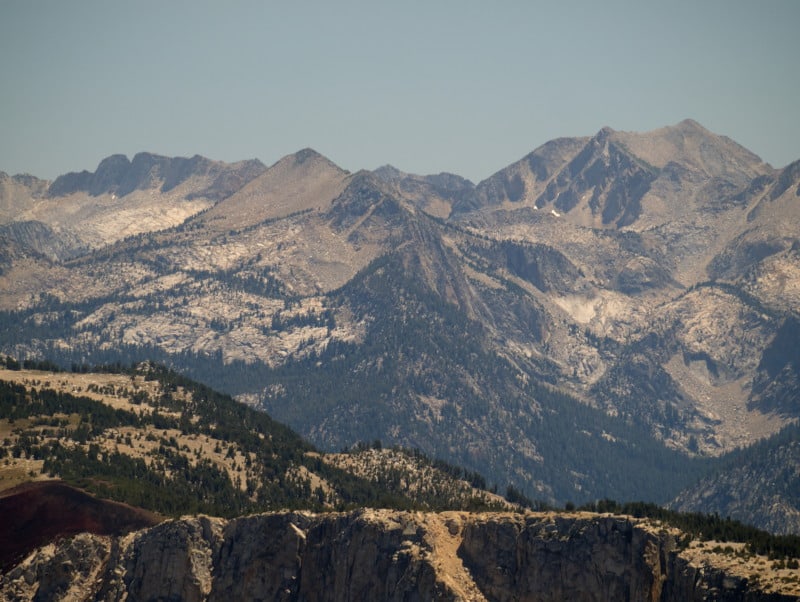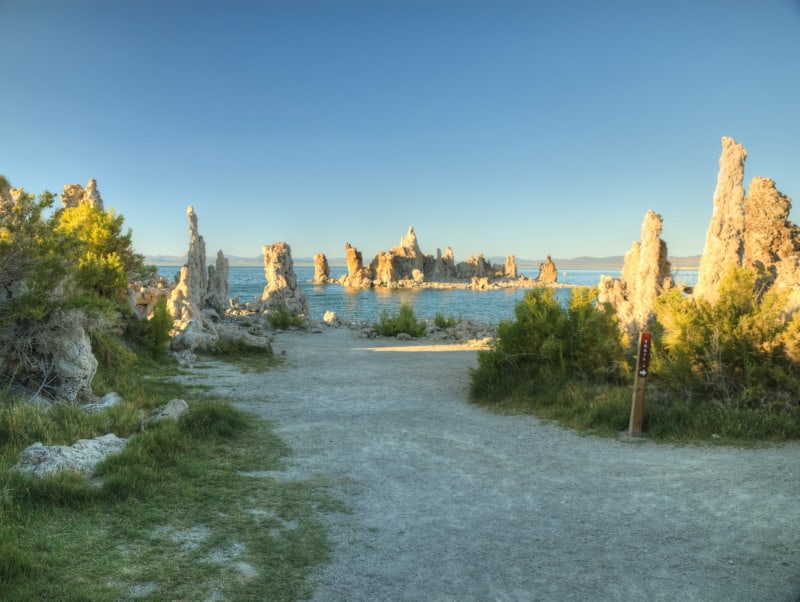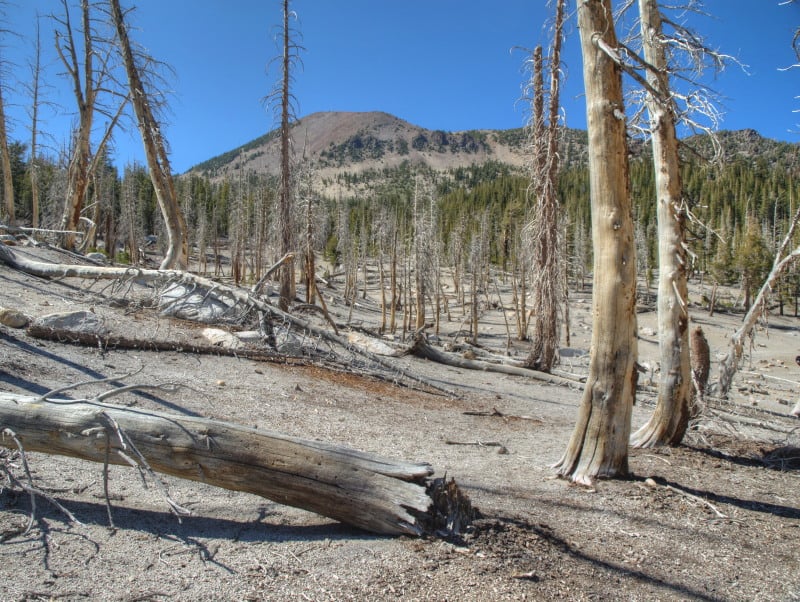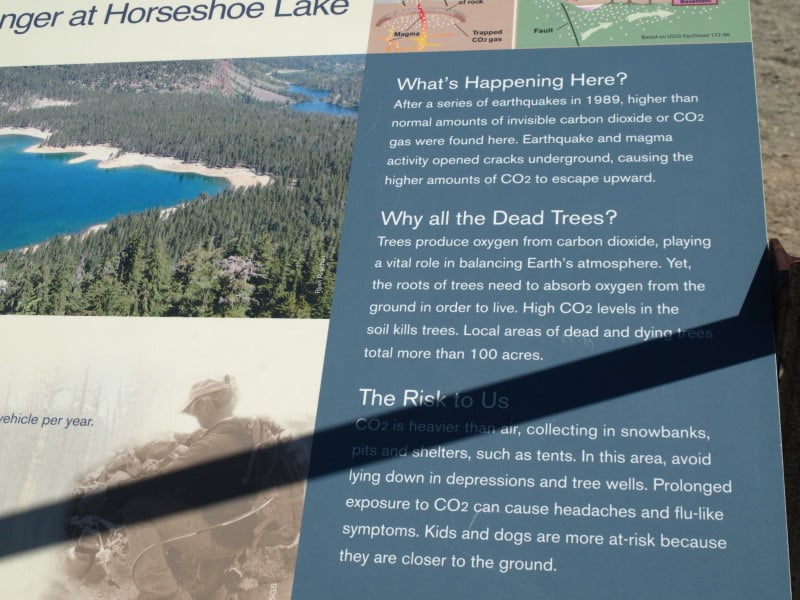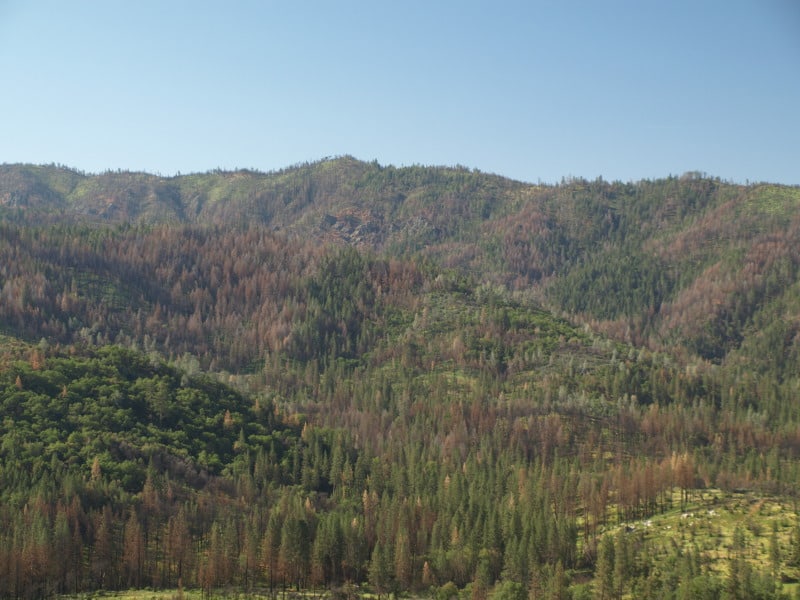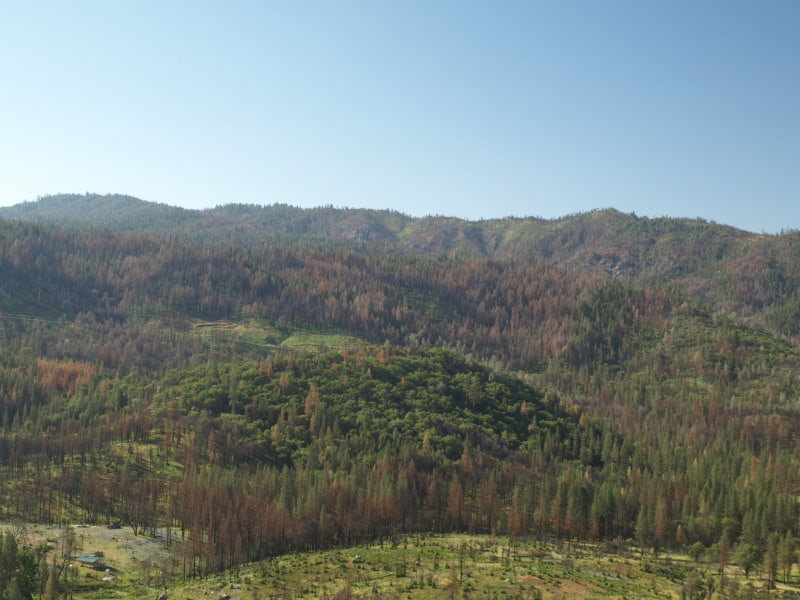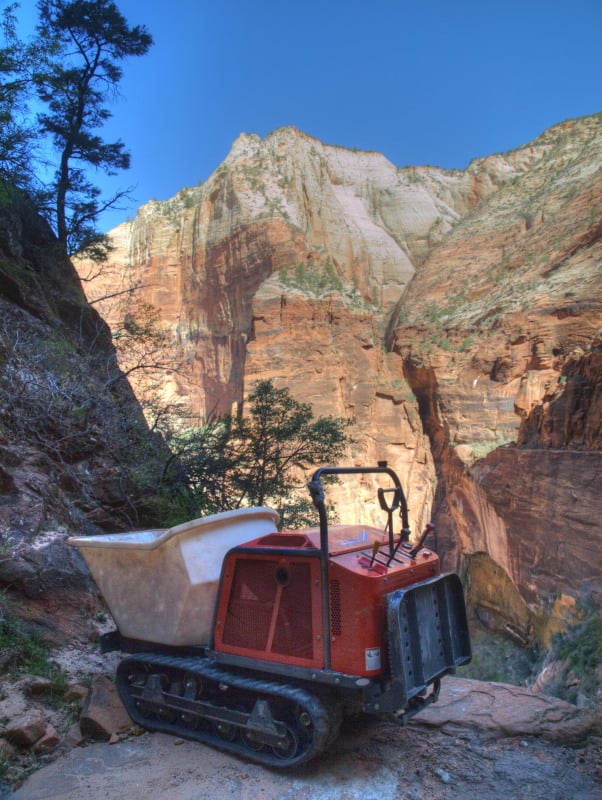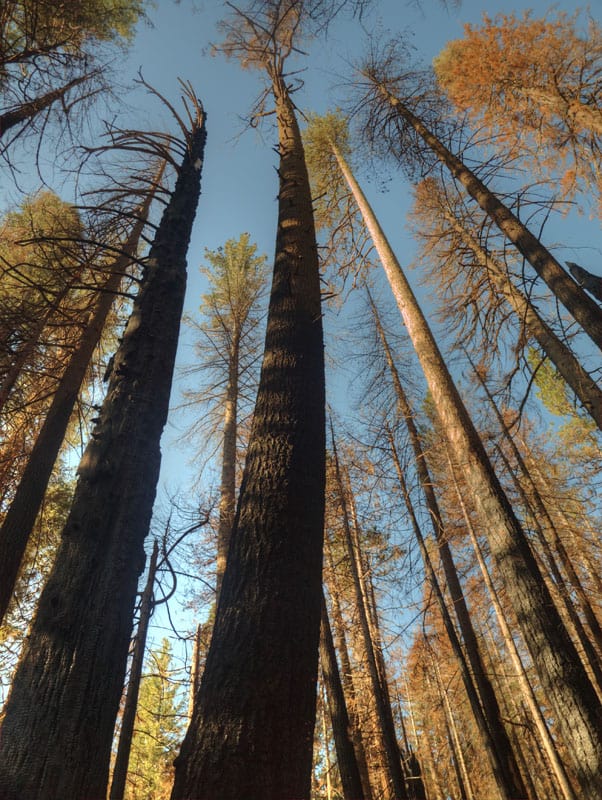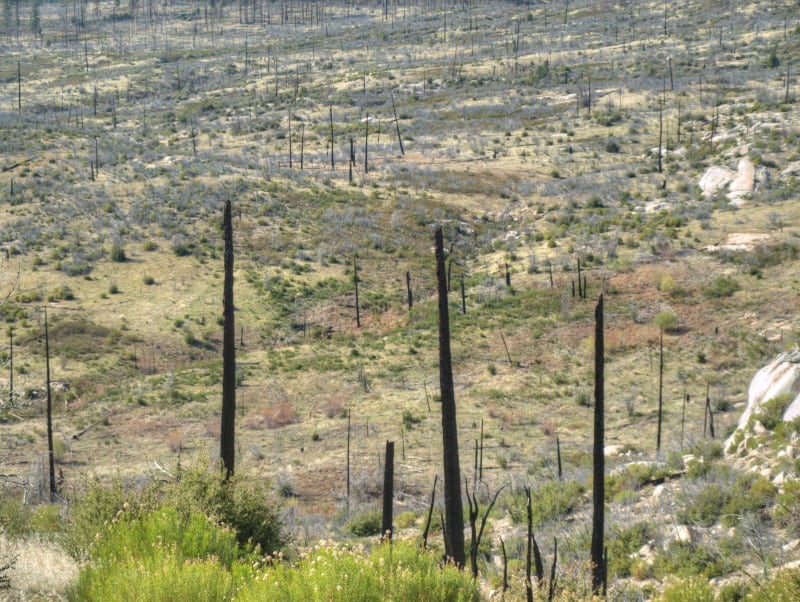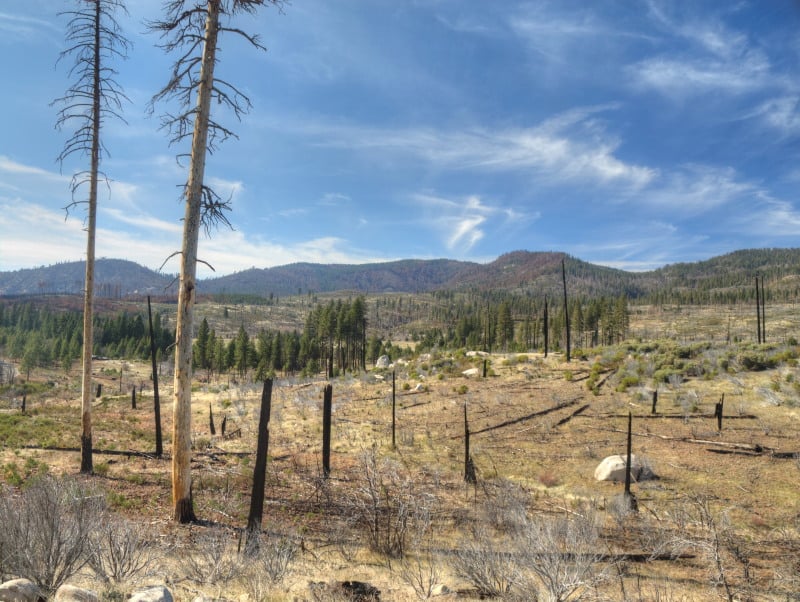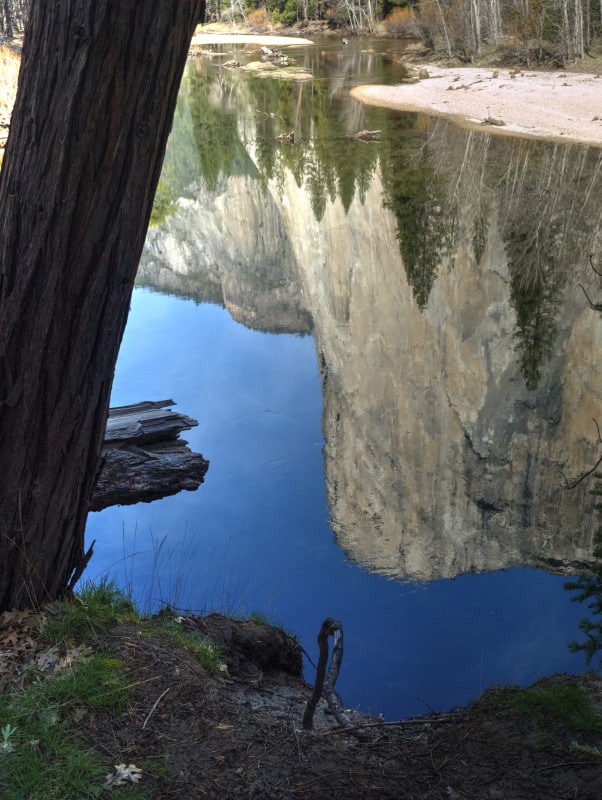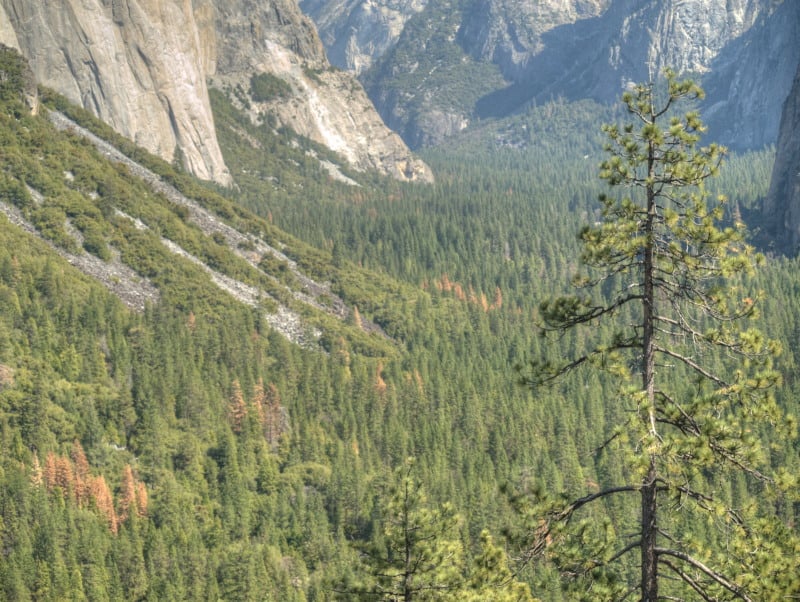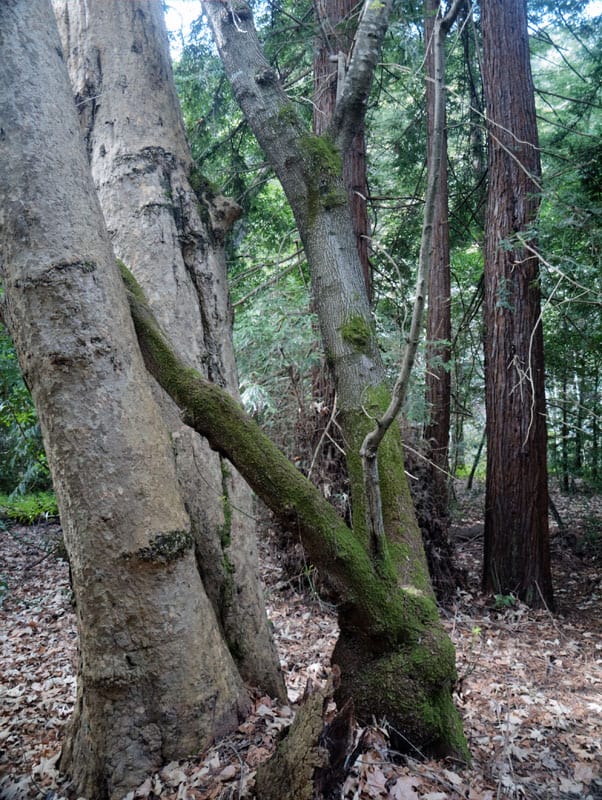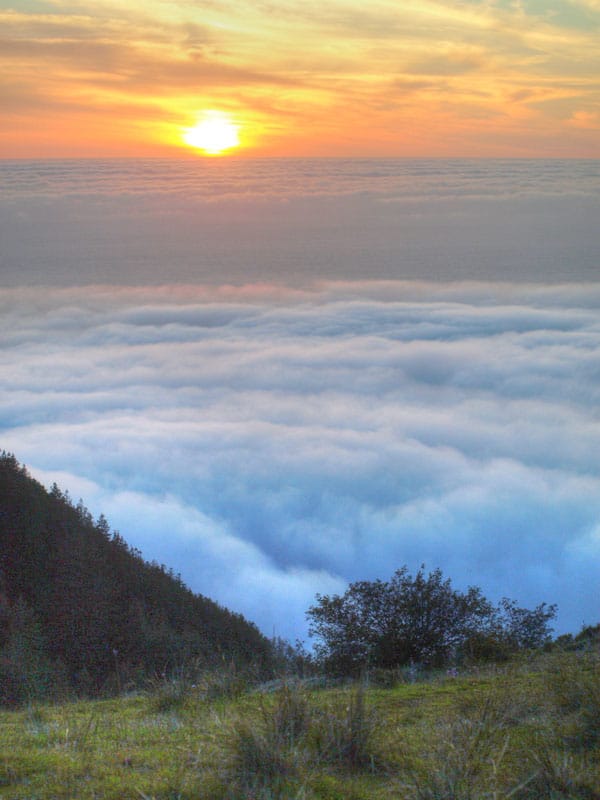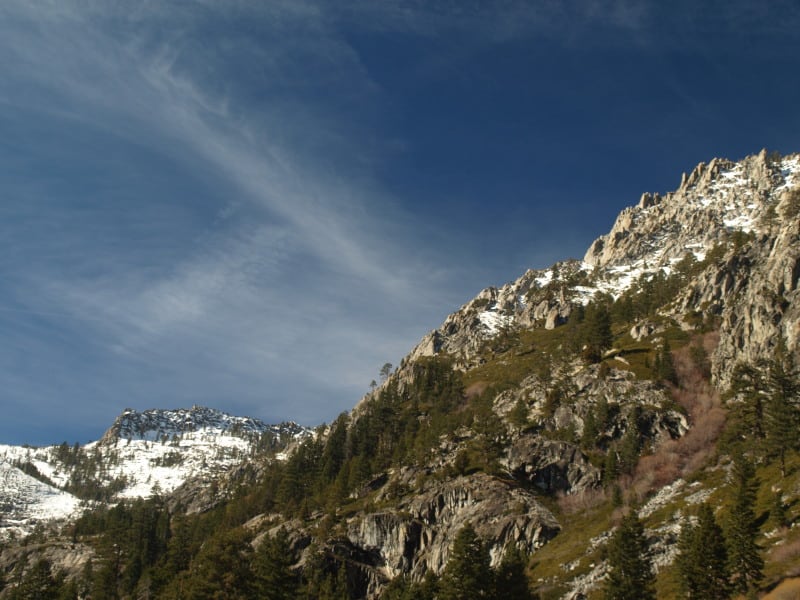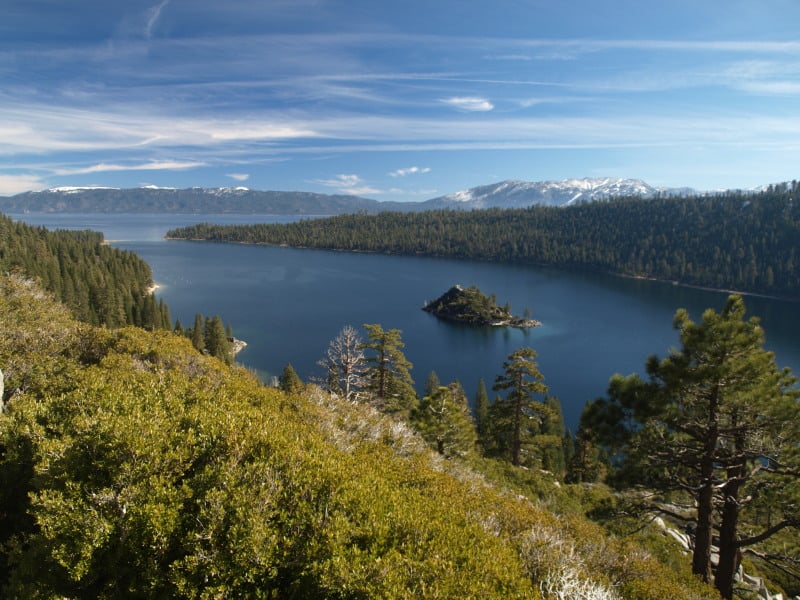Dave Skinner ran across this article in Issues of Science and Technology and thought it was worthy of discussion.. I wholly agree.. thanks Dave!
Back in the day as I was getting my Ph.D., there wasn’t “conservation science” and “regular science”, there was just “science.” I believe that through generations of humans and pre-humans, folks have a good general instinct for figuring out who is telling the truth. I think it was Carolyn Daly who said “why do scientists always tell us (rural communities) what we can’t do, and never what we can do?”
Kareiva is neither pessimistic nor sunny about the state of the world. To him, it just is what it is. He doesn’t downplay threats to biodiversity, but he is tired of the unceasing gloom-and-doom narrative that environmentalism has advanced for the past quarter century.
He also believes that the eco-apocalyptic mindset has infected the field of conservation biology with an unhealthy bias. Sometimes, he says, science paints a different picture than that which conservation biologists want the public to see. “I have been an editor of major journals for thirty years, handling papers on migratory bird declines, salmon, marine fisheries, extinction crises, and so on,” he told me. “An article that confirms doom is never critiqued. Any article that reports things are not so bad gets hammered. It is very discouraging to me.”
He recalls one particular episode regarding a paper published twenty years ago in the journal Ecology. Its finding contradicted widely held assumptions that neotropical warblers were declining. “It was reviewed unprofessionally and viciously because folks worried it would undermine efforts to reduce tropical deforestation. I have seen this over and over again.” The conservation community, he says, “is plagued with an astonishing confirmation bias that does not allow questioning of anything.”
The field’s premier journal, Conservation Biology, was rocked in 2012 by similar charges of politicized interference when its editor was fired after she had tried “removing advocacy statements from research papers,” as an article in Science reported.
It was around this time that Kareiva and some of his colleagues began calling for new approaches to conservation. In an essay published in BioScience, he and Michelle Marvier, an ecologist at Santa Clara University, wrote: “Forward-looking conservation protects natural habitats where people live and extract resources and works with corporations to find mixes of economic and conservation activities that blend development with a concern for nature.”
Leading figures in the ecological community were aghast. The essay explicitly challenged Soulé’s founding precepts for conservation biology, which established the field as a distinctly nature-centric enterprise. It was not intended to accommodate human needs or corporate interests. In a rebuttal published in Conservation Biology, Soulé characterized Kareiva and Marvier’s view as “a radical departure from conservation.” We humans, he wrote, “already control more than our fair share of earth’s resources . . . . [T]he new conservation, if implemented, would hasten ecological collapse globally, eradicating thousands of kinds of plants and animals.”
Kareiva is a lightning rod for criticism because of his high profile position at The Nature Conservancy, which is the largest and richest environmental organization in the world. He is also outspoken. In one public talk, he marveled at nature’s ability to rebound from industrial disasters, such as oil spills. He wasn’t condoning such actions; he just thinks that in some cases his peers conveniently overlook an ecosystem’s resilience because it contradicts the fragile nature narrative that has shaped environmental discourse and politics. Additionally, Kareiva has come to believe it is better to work with industry than against it—so as to influence its practices. (This is what TNC has done of late, in partnering with Dow Chemical and other companies on environmental restoration projects). “Conservation is not going to succeed until we make business our friend,” he has said.
The more Kareiva talks like this, the angrier he makes some of his esteemed peers. They have already been on the warpath. In 2013, Soulé, along with Harvard biologist E.O. Wilson and others, sent a letter to TNC President Mark Tercek, complaining about Kareiva. They slammed his views as “wrongheaded, counterproductive, and ethically dubious.”
(Sharon’s side note.. if I wanted an ethicist I would not ask a bio Ph.D. To me academics have to pick a lane.. if their expertise is in a particular field, I think they should either stick to that field or qualify their observations with “I’m not an expert on this, but..”.. and it makes me LOL when academics claim that they are up for open discussion, advancing thinking and ideas.. until someone actually disagrees with them..)
The onslaught has not let up. Last year, an article in the journal Biological Conservation by Duke University ecologist Stuart Pimm likened Kareiva to a prostitute doing the bidding of industry.
The recent commentary in Nature, with its 200-plus signatories from the ecological community, sought to cool passions and tamp down the debate’s derogatory tone. The authors pleaded for “a unified and diverse conservation ethic,” one that accepts all philosophies justifying nature protection, including those based on moral, aesthetic, and economic considerations. They asked for ecologists to look back to the historic roots of conservation for guidance.
The roots of biodiversity protection
In the early 1900s, when President Theodore Roosevelt was establishing national parks and wildlife refuges, ecology had not yet become a formalized science. People viewed the natural world from a largely aesthetic or utilitarian perspective.
John Muir, the Sierra Club founder who famously went camping with Roosevelt in California’s Yosemite National Park, worshipped nature. It was his church. “The clearest way into the Universe is through a forest wilderness,” he wrote in his journals. Roosevelt, an avid outdoorsman, venerated nature, too. But he also viewed it as a valuable “natural resource”—trees for timber, rivers for fishing, wildlife for hunting.
These two worldviews—valuing nature for itself and for human purposes—have long framed dual approaches to conservation.
By the 1930s, the chasm between the intrinsic and utilitarian perspectives was bridged by the forester Aldo Leopold. He advanced a more holistic perspective of the natural world, and believed that anyone who valued nature, irrespective of motive, should hold an ethic that “reflects an ecological conscience.” This was morally inscribed in his famous “land ethic,” which, for many, became a guiding maxim: “A thing is right when it tends to preserve the integrity, stability, and beauty of the biotic community. It is wrong when it tends otherwise.”
Two parallel developments at this time—one in the emerging science of ecology and the other in the U.S. wilderness preservation movement—combined with Leopold’s philosophy to shape attitudes toward nature and conservation for decades to come. Ecologists believed then that healthy ecosystems were closed, self-regulating, and in equilibrium. Disturbances, in the form of weather, fires, or migrating organisms, were not yet factored in, except when the disturbance was thought to be human-induced, in which case the prevailing belief was that the system was thrown off its normal balance.
This model of stable ecosystems that needed to be guarded against human disturbance (such logic, of course, meant that humans must exist outside nature), gave scientific impetus to the cause of wilderness preservation.
Most ecologists have since discarded the “balance of nature” paradigm. But as the environmental writer Emma Marris noted in her recent book Rambunctious Garden, “The notion of a stable, pristine wilderness as the ideal for every landscape is woven into the culture of ecology and conservation—especially in the United States.”
In a paper he is readying for publication, Kareiva writes that the balance-of-nature paradigm has been “at the core of most science-driven environmental policy for decades.” But the paradigm goes deeper than just the science. American attitudes towards nature have been strongly influenced by iconic authors, from Thoreau and Muir to Leopold and Edward Abby, the grizzled nature writer whose books celebrated the stark beauty and loneliness of Southwestern desert landscapes. Many people looking to commune with nature go in search of transcendent outdoor experiences; they venture into a human-free landscape—the wilderness—to experience what seems to be nature in its truest, purest state.
This mindset took on added ecological value when concerns about endangered species came to the fore in the 1960s and 1970s. Designated wilderness and national parks—be they forests, prairies, or wetlands—helped preserve habitat for imperiled species. The sanctuary model extended itself further when conservation biologists in the 1980s began identifying the significance of ecological processes and a wider community of plants and animals. This new strand of ecology-based conservation had one key tenet: genuine nature, the kind that contains biodiversity, is devoid of people.
These Western-style ideas of ecological conservation were exported by ecologists, environmentalists, and policymakers who pushed for the establishment of national parks and nature preserves in Africa, Asia, and Latin America. It was the wilderness model of nature protection gone global. Yet numerous studies have shown that even as more parcels of land have been set aside around the world (equaling 10 to 15 percent of the earth’s land mass) global biodiversity in the protected areas continues to decline. How could that be?
In his 2009 book, Conservation Refugees, the investigative journalist Mark Dowie, who had been covering environmental issues for decades, reported: “About half the land selected for protection by the global conservation establishment over the past century was either occupied or regularly used by indigenous peoples.” Much as the loggers of the Pacific Northwest depended on the forests for their livelihoods, so had these local inhabitants depended on the now-protected lands to forage, hunt, or graze their livestock. The people were part of the ecosystem. Removing them had consequences.
In 2013, the International Journal of Biodiversity published a meta-review of national park case studies from Africa. It found that the creation of protected areas in African countries has resulted in the killing of wildlife “by local people as a way of protesting the approach.” There are other factors that have undermined the effectiveness of national parks in the developing world for protecting biodiversity, such as regional climate change and insufficient funding for oversight. But it is the “fortress conservation” aspect that has turned many people who had been living with nature into enemies of nature. As Dowie noted in his book, “some conservationists have learned from experience that national parks and protected areas surrounded by angry, hungry people…are generally doomed to fail.”
Embracing the Anthropocene
Last spring, Kareiva emailed me an intriguing paper that had just been published in Science. Researchers had sought to quantify the decline of species diversity in 100 localized, ecological communities across the world. Globally, there was no question, as the authors were careful to point out, that biodiversity was being lost. They had thus assumed that the global trend would be mirrored at the local level. “Contrary to our expectations, we did not detect systematic [diversity] loss,” the scientists wrote. What they found, instead, was much evidence of ecological change that altered the composition of species, but not its richness or diversity.
It’s the kind of result that many conservation biologists would probably find maddening. Kareiva, though, was fascinated by the implication. “Think about it,” he said. “If you live to be 50, one out of two species you saw in your back woodlot will have been swapped out for a different species—but the number of species would not have declined.”
